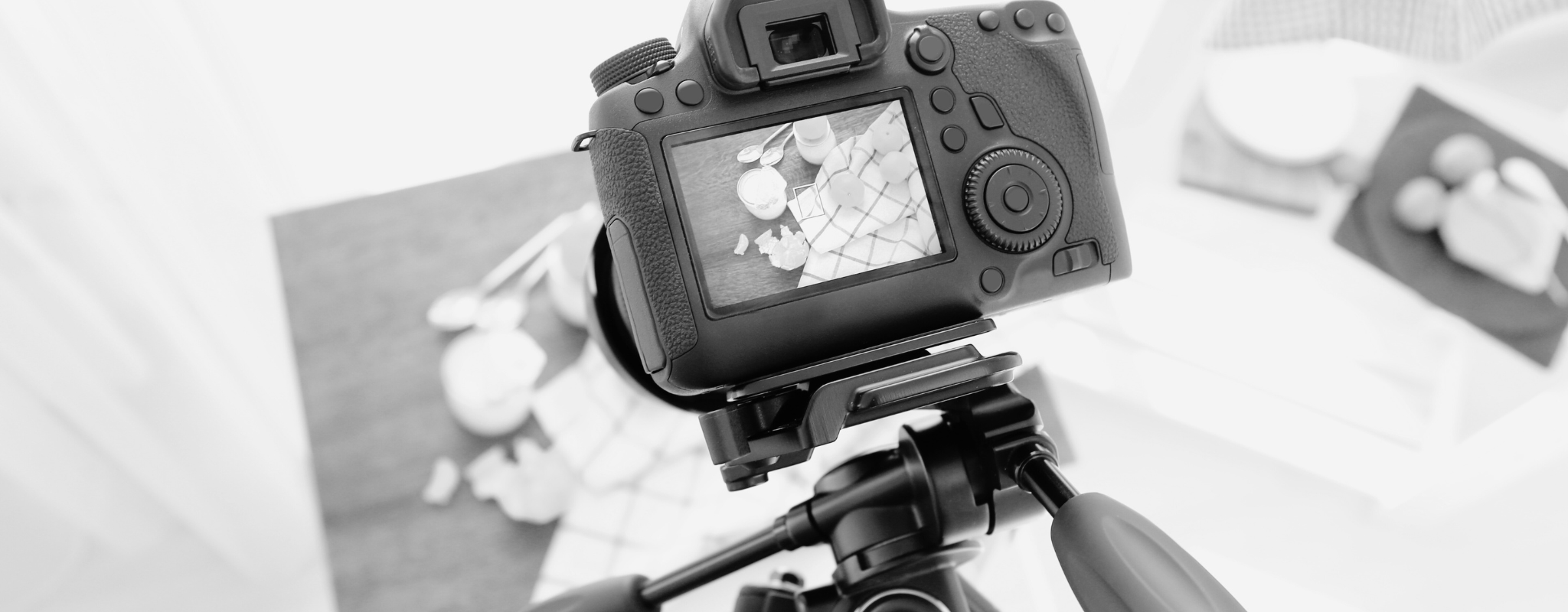
08 Sep Mastering Product Photography: A Comprehensive Checklist for Capturing Stunning Visuals
In the fast-paced world of e-commerce and digital marketing, captivating product photography is a game-changer. The power of a single image can make or break a sale, influencing potential customers’ perceptions and driving their purchasing decisions. As a company, ensuring that your product photos are not only visually appealing but also accurately represent your offerings is paramount to building brand credibility and establishing a loyal customer base.
In this blog, we present a comprehensive checklist to help your company elevate its product photography to new heights. Whether you’re a seasoned photographer or just starting, adhering to these essential steps will guide you in capturing excellent product photos that shine across your website, marketing materials, social media platforms, and beyond. Let’s check out the key elements that contribute to stunning product visuals.
Checklist for Capturing Excellent Product Photos:
- Define the Purpose: Understand the purpose of the photos: website, e-commerce, marketing materials, social media, etc. Align the photo style with your brand identity and target audience.
- Plan the Shoot: Identify the products to be photographed. Schedule the shoot, considering lighting conditions and availability of necessary equipment. Create a shot list to ensure all product variations are covered.
- Prepare the Products: Clean and inspect each product thoroughly. Remove any dust, fingerprints, or imperfections. Arrange the products in an aesthetically pleasing manner.
- Choose the Right Background: Select a clean and clutter-free background that complements the product. Consider using a white backdrop for a classic and professional look.
- Lighting Setup: Use natural light or invest in good-quality lighting equipment. Avoid harsh shadows or glares. Experiment with different lighting angles to find the most flattering one.
- Camera and Settings: Use a high-resolution camera or a modern smartphone with a good camera. Shoot in RAW format for better post-processing flexibility. Set the camera to the appropriate settings for the lighting conditions (ISO, aperture, shutter speed, etc.).
- Tripod Use: Use a tripod to ensure steady shots and avoid camera shaking.
- Angles and Perspectives: Capture multiple angles to showcase different product features. Consider close-up shots to highlight intricate details.
- Consistency: Maintain consistent lighting, angles, and background throughout the product range. This helps create a cohesive and professional look for your brand.
- Props and Staging: Use relevant props or context to demonstrate product use or scale. Be cautious not to overwhelm the main product with too many props.
- Image Composition: Follow the rule of thirds for balanced and visually appealing compositions. Pay attention to product placement and negative space.
- Post-Processing: Edit the photos to enhance colors, contrast, and sharpness. Be mindful not to over-edit or misrepresent the product’s appearance.
- Consistent Branding: Ensure your product photos align with your brand’s visual identity. Use consistent fonts and colors for overlays or text.
- Test and Review: Take test shots and review them before committing to the full shoot. Make necessary adjustments based on the initial results.
- Backup: Save the photos on multiple devices or cloud storage to avoid accidental loss.
- Legal Considerations: Ensure you have the right to use any logos, trademarks, or copyrighted materials in the photos.
- Quality Control: Have a second pair of eyes review the photos to catch any missed issues.
- Resize and Optimize: Resize the photos appropriately for different platforms (website, social media, print, etc.).Optimize the image file sizes for faster loading on websites.
- A/B Testing: If possible, run A/B tests with different product photos to determine which ones perform best.
- Update Regularly: Keep product photos up to date, especially if there are changes to the product’s appearance or packaging.
Mastering product photography requires careful planning, attention to detail, and a commitment to excellence. By following this comprehensive checklist, your company can create captivating product visuals that leave a lasting impression on your target audience. Remember, investing time and effort into your product photography not only enhances your brand’s image but also boosts customer trust and ultimately drives sales. With consistent practice and a creative eye, you can transform your product photos into powerful marketing assets that showcase your products in the best possible light. So, grab your camera and start capturing stunning visuals that will elevate your company’s online presence and inspire customers to choose your products above all others.
Want help getting your product photography up to date? Our creative team is here to help. Contact us today so we can figure out the best way to get your product photos looking sharp.


No Comments